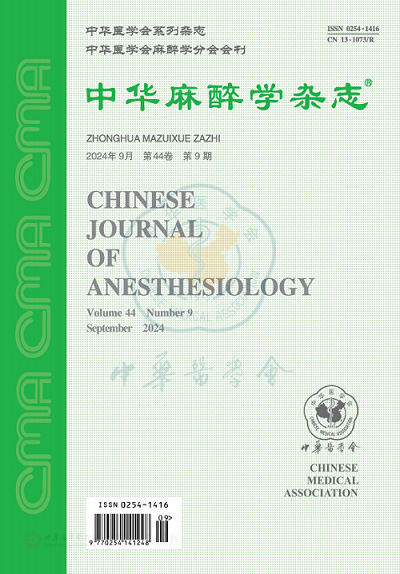Efficacy of bone-filling mesh container vertebroplasty in treating Kümmell′s disease
Q4 Medicine
引用次数: 1
Abstract
Objective To evaluate the efficacy of bone-filling mesh container vertebroplasty (BFMCV) in treating Kummell′s disease. Methods Thirty-eight patients with Kummell′s disease, aged 66-88 yr, were divided into 2 groups (n=19 each) using a random number table method: percutaneous vertebroplasty group (group PVP) and BFMCV group.In group BFMCV, the balloon was removed and bone-filling mesh container was placed, polymethyl methacrylate bone cement was mixed until it was at drawing stage and then injected with a screw propeller.The visual analogue scale scores and Oswestry disability index were recorded before operation (T1) and at 1 day and 1 and 6 months after operation (T2-4). Cobb′s angle was measured at T1 and T2.The operation time and development of bone cement leakage and adjacent vertebral fractures were recorded. Results Compared with group PVP, the incidence of bone cement leakage was significantly decreased (P 0.05). Conclusion BFMCV can treat Kummell′s disease effectively and decrease the risk of bone cement leakage, and it is a safe and effective treatment method. Key words: Vertebroplasty; Kummell′s disease; Bone filling mesh bag骨填充网状容器椎体成形术治疗k mmell病的疗效观察
目的评价骨填充网状容器椎体成形术(BFMCV)治疗Kummell病的疗效。方法38例Kummell病患者,年龄66~88岁,采用随机数表法分为2组(每组19例):经皮椎体成形术组(PVP组)和BFMCV组。在BFMCV组中,移除球囊并放置骨填充网状容器,混合聚甲基丙烯酸甲酯骨水泥直到处于拉伸阶段,然后用螺旋桨注射。术前(T1)和术后1天、1个月和6个月(T2-4)记录视觉模拟量表评分和Oswestry残疾指数。在T1和T2测量Cobb角,记录手术时间、骨水泥渗漏和邻近椎体骨折的发展情况。结果与PVP组相比,骨水泥渗漏的发生率明显降低(P<0.05)。结论BFMCV能有效治疗Kummell病,降低骨水泥渗漏风险,是一种安全有效的治疗方法。关键词:脊椎成形术;Kummell病;填骨网袋
本文章由计算机程序翻译,如有差异,请以英文原文为准。
求助全文
约1分钟内获得全文
求助全文

 求助内容:
求助内容: 应助结果提醒方式:
应助结果提醒方式:


